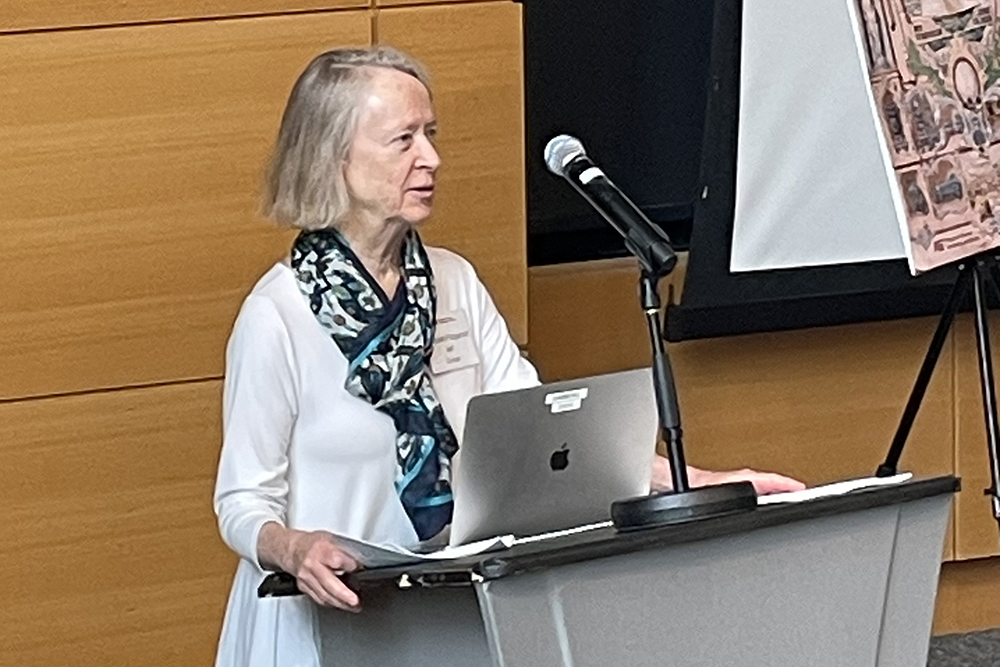MIT’s Science, Technology, and Society (STS) program recently organized and hosted a two-day symposium, “The History of Technology: Past, Present, and Future.”
The symposium took place June 7-8 at MIT’s Wong Auditorium and brought together scholars from a variety of institutions with expertise in the history of technology, each of whom shared their thoughts on the intersection of science, technology, and society, the needs of the field, and possible future developments.
“We’re pleased to be able to provide a space for these conversations to take place,” said Deborah Fitzgerald, director of the STS program and former dean of MIT’s School of Humanities, Arts, and Social Sciences.
The symposium began with welcoming remarks from Fitzgerald and MIT Professor Merritt Law Smith, both of whom are the Leverett Howell and William King Cutten Professors of the History of Technology at MIT.
“Bringing together old friends, colleagues, and generations of students, these gatherings create new opportunities to advance scholarship, make connections, and stay on top of what’s happening in the field,” Smith said. “Looking at the future through the lens of our shared past adds an important perspective on current innovations.”
More than 20 scholars gave presentations at the symposium. The topics and speakers were as follows:
David Lucsko PhD ’05, Professor of History, Auburn University: “How things work and why they matter – or, why poring over 1970s car wiring diagrams isn’t actually a huge waste of time”, Dave Unger, Independent Public Historian: “Tools for Imagining a Better World: Social Technologies, Organizational Dark Matter, and Reading Difference”, Gregory Clancey, Associate Professor, National University of Singapore: “A History of Technology in the Age of Mass Extinction”, Ruth Schwartz Cowan, Professor Emeritus, University of Pennsylvania: “Are there paradigms in the history of technology?” / University Release. This material by the originating organization/author may be out of date and has been edited for clarity, style, and length. Mirage.News takes no organizational position or stance, and all views, positions, and conclusions expressed here are those of the authors. Read the full article here.
Source link

